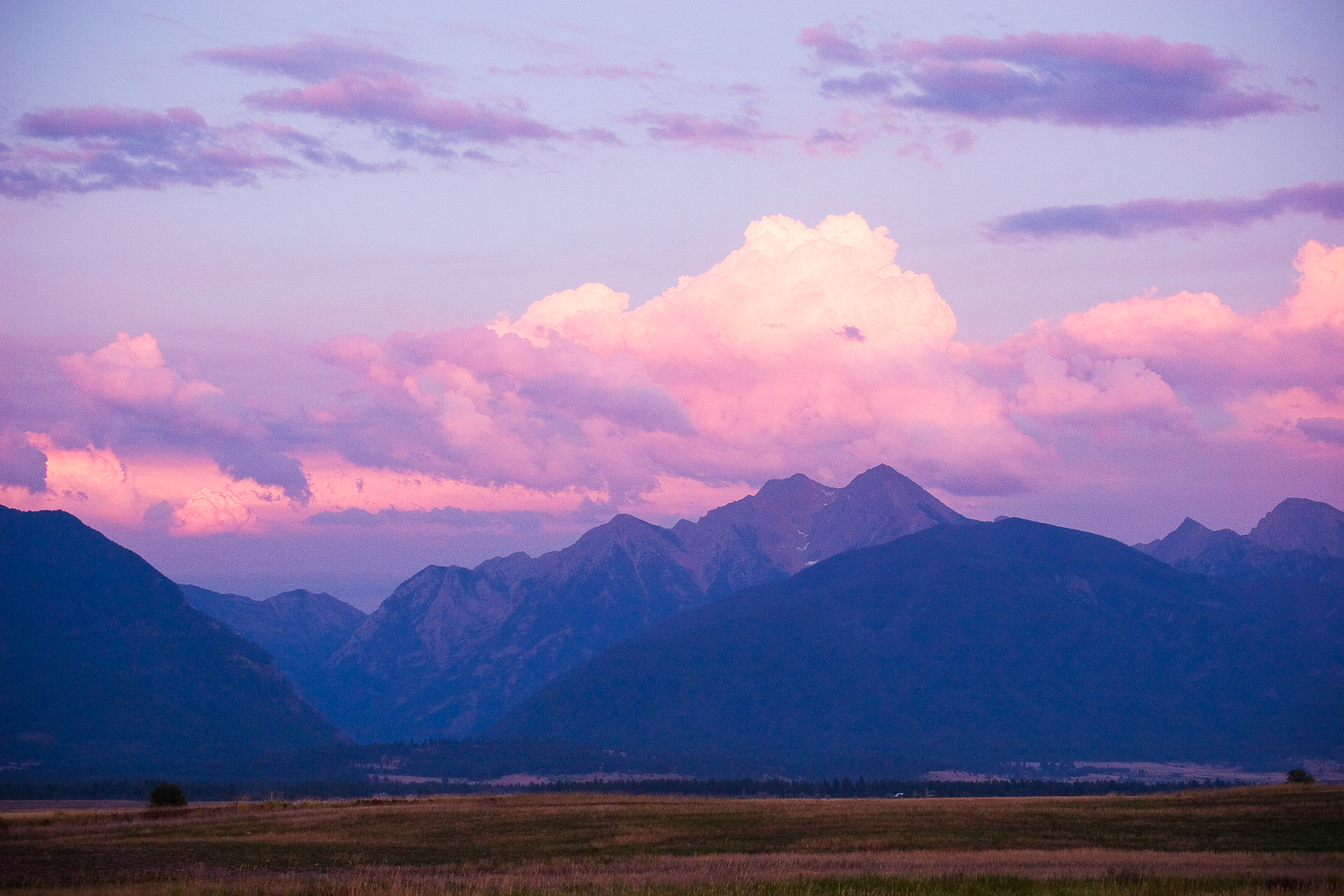Mother Earth
No single view of nature existed or exists among the hundreds of Native American tribes in the United States, but common beliefs and practices regarding nature’s land and animals included appreciation, respect and reverence. To American Indians, religion is found and practiced in nature. The understanding that a Creator made the earth and exists in living things and throughout the natural world is widespread and guides Native Americans to live in and with nature responsibly and to take from Mother Earth only what was needed.
The introduction to He Sapa Woihanble: Black Hills Dream, by Craig Howe and Lydia Whirlwind Soldier, explains the cultural and spiritual significance of the Black Hills in South Dakota. He Sapa is the Lakota name for the Black Hills.
“He Sapa holds memories and stories of Lakota history from the time of creation…and at the center of He Sapa is its foundation – Inyan, the Rock. Lakotas believe that countless generations later, our ancestors left the underworld and emerged onto this earth through a hole, or connecting cave, in Inyan. …He Sapa is a precious resource that Lakotas have held in trust for the coming generations. He Sapa to Lakotas is a wizipan, a repository from which we can draw physical and spiritual sustenance…We cannot look upon it without thinking about the power that created it. We are part of it, as it is part of us.”
Today, American Indian people continue to live in relationship with their homelands in a context of reciprocity. Yet the complexities of contemporary life, including opportunities for much-needed revenue from natural resources, as well as conflicting tribal and non-Indian interests complicate this issue.
Photographer Sue Reynolds respects that Native Americans are rooted in the land and believes that Spirit is everywhere. She experiences strong connections to reservation lands and feels they are sacred as is the Episcopal church where she worships. Read Artist Statement
|
Elicit students’ responses to Reynolds’ landscape photograph using one or more of the Interpretation Strategies Discussion and Writing Questions
|
Click here to access our extensive library of related websites, readings, videos, and more.

